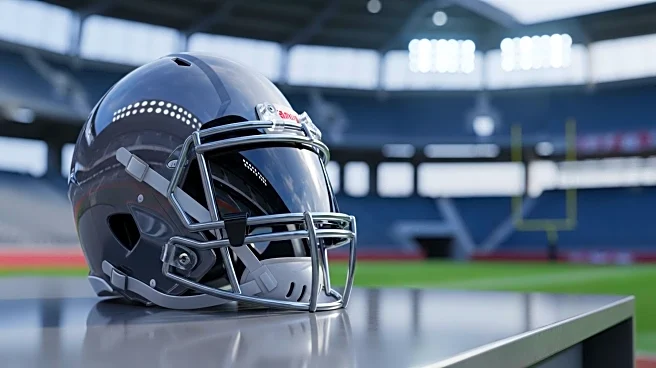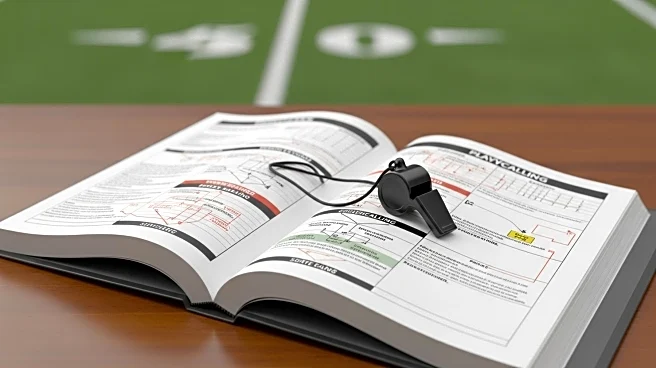What's Happening?
Ja'Marr Chase, the Cincinnati Bengals' star wide receiver, has expressed his intention not to extend his playing career into his 40s, unlike quarterback Joe Flacco. Chase, currently 25, emphasized the physical demands of his position, noting that wide receivers rarely play into their 40s due to the intense physical toll. Historically, only Jerry Rice has played as a wide receiver past 40, retiring at 42 but not as a star. Chase is focused on the current season, despite a rocky start for the Bengals, who are 2-3 with quarterback Joe Burrow sidelined due to injury.
Why It's Important?
Chase's decision highlights the physical challenges faced by wide receivers compared to other positions like quarterbacks and kickers, who often have longer careers. His stance underscores the need for players to consider longevity and health in their career planning. The Bengals' current struggles, exacerbated by Burrow's injury, place additional pressure on Chase to perform, impacting team dynamics and playoff prospects. This situation reflects broader issues in the NFL regarding player health and career sustainability.
What's Next?
The Bengals will need to strategize to overcome their current 2-3 record, especially with Burrow's absence. Chase's performance will be crucial in upcoming games, potentially influencing team morale and playoff chances. The team may need to adjust their offensive strategies to maximize Chase's impact while managing his workload to prevent injuries. The Bengals' management might also consider long-term planning for player health and career longevity, given Chase's comments.
Beyond the Headlines
Chase's comments may spark discussions on the physical demands of different NFL positions and the league's approach to player health and career longevity. This could lead to increased focus on training, recovery, and career planning for players, potentially influencing contract negotiations and team strategies. The Bengals' situation also highlights the importance of depth in team rosters to manage injuries and maintain competitive performance.










